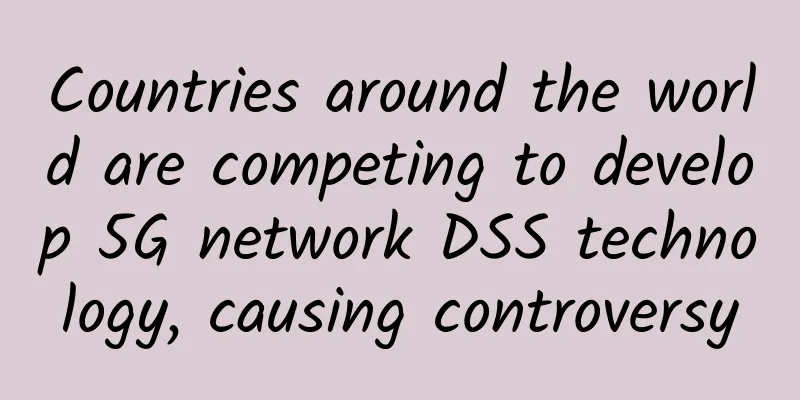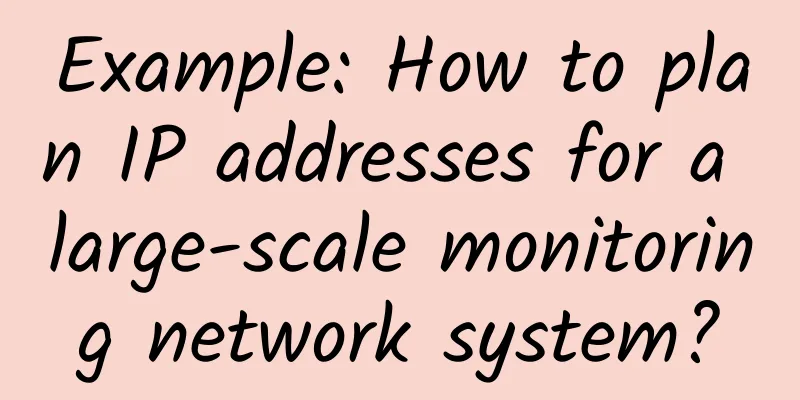How 5G will shape the future of construction

|
5G is an enabler that will deliver new capabilities and opportunities for businesses across all industries. James Bristow, Senior Vice President EMEA at Cradlepoint, tells us how 5G will power the construction sites of the future and discusses how visionary company Taylor Construction has launched the first real deployment of 5G connectivity. From real-time 3D modeling to GPS tracking of equipment and tools, construction sites are often a hotbed of the latest cutting-edge technology. On the other hand, getting devices to communicate with each other can be a challenge. After all, it’s hard to plug a laptop into a wall when the wall isn’t even built yet. This provides a clear use case for wireless as the primary method of network connectivity for the industry, an area that is proving to be as transformative as the physical devices it connects. From gigabit speeds on LTE to millisecond latency on 5G, the power of wireless wide area networks (WWANs) enables sites to achieve Ethernet-like connection quality without having to lay a single cable. How 5G will power the construction sites of the future 5G promises to deliver 10 to 100 times faster speeds. It will also unlock 10 to 100 times more capacity than current Long Term Evolution (LTE) networks. This will give those working on construction nearly instant access to data-intensive Edge and cloud applications, allowing multiple users to interact in real time from anywhere in the world. Given that construction sites are complex and ever-changing environments, this will be a huge advancement. 5G is also key to unlocking the capabilities of large-scale machine-type communications in the construction industry through network slicing, higher data processing capabilities, and more efficient connection channels. The technology will provide highly scalable range and wide geographic coverage to help complex building and infrastructure projects (such as smart cities), where the number of nodes will be much higher than normal projects. Looking ahead, 5G will also prove key to accelerating the industry’s move toward autonomous and remote operations — in other words, machines alone can complete projects without sending humans to the site. Even if remote control technology currently exists, 5G’s ultra-low latency can eliminate any connection delays and ensure that work is completed with sufficient speed and precision. This may also unlock the capabilities of self-driving machines, which are able to accurately map areas, recognize signals, and communicate with other machines more efficiently. Real-world examples of 5G being put to the test in the construction industry Recently, visionary company Taylor Construction demonstrated the power of 5G in transforming the construction industry with one of the first real-world deployments of 5G connectivity. Driven by the need for more advanced, agile software platforms to support everything from blueprint design to site security, Taylor Construction noted that such applications require real-time data, which is only possible with 5G networks that have high bandwidth, low latency and are running continuously at the server edge. Using enterprise-grade WWANEdge solutions from Cradlepoint, the company has successfully deployed a number of new field innovations driven by 5G:
This case study demonstrates that the future of enterprise-grade 5G has officially arrived in the construction industry and beyond. With the connection quality and speed of fiber broadband and the mobility and agility of wireless connectivity, it is clear that the transformative power of 5G is already a reality. Innovation Platform While 5G is enabling technological leaps at an even faster pace, the construction industry is still only scratching the surface of its full potential. Much like the innovations enabled by the power of 4G LTE, we don’t know how 5G will manifest in exciting new use cases in the future. But what we do know is that this future is bright. It’s clear that 5G will improve productivity, safety, and compliance in construction and engineering. But this is by no means the end-all, be-all. Instead, 5G will be a catalyst for continuous improvement and innovation, helping to accelerate companies in construction and other industries toward future use cases. |
<<: Operators set different network speeds for 5G packages: some are even worse than 4G
>>: The ultimate solution to the problem that Github cannot display images
Recommend
DediPath Fall Promotion: 40% off all VPS/Hybrid Servers in Los Angeles, starting at $39 per month for dedicated servers
DediPath is a foreign VPS service provider founde...
edgeNAT VPS/dedicated servers are 20% off for monthly payment and 30% off for annual payment. Hong Kong VPS bandwidth upgrade price remains unchanged
edgeNAT is a Chinese host provider established in...
SKB-enterprise: €2.39/month KVM-1GB/30GB/100M unlimited traffic/Netherlands (Amsterdam) data center
SKB-enterprise is a foreign hosting company found...
5G RedCap is coming soon! But how difficult is it to fully commercialize it?
According to 3GPP's plan, the latest version ...
Review of 5G standards in 2020: R16 standard freezes and improves capability triangle, opening a "new era" for commercial use
[[374016]] In order to better review the gratifyi...
10gbiz: Dedicated server promotion from $36.6/month, 1Gbps unlimited traffic server from $118/month, US/Japan/Korea/Hong Kong data centers
10gbiz has released this month's promotion, w...
A 10,000-word article interprets the operators' fight for 5G: a battle of three kingdoms in financial strength
For a long time, the development of high-tech com...
China's 5G technology is constantly making breakthroughs and has taken the lead in the world. A new era of convenient smart technology is coming
As a new type of mobile communication network, 5G...
A brief discussion on the application and suggestions of IPv6 in enterprise transformation
As the digital transformation of enterprises cont...
Still don’t understand routing strategy? Let’s analyze it!
For IP network engineers, the deployment of routi...
5G commercialization promotes the scale development of industrial Internet
The Industrial Internet is a network that connect...
The difference between single-mode fiber and multi-mode fiber and how to choose
1. What are single-mode and multi-mode optical fi...
An article brings you Lwip network port interface netif
[[395199]] 01Introduction to Network Interface In...
my country will compete for the leading position in 5G communication coding standards
The Polar code launched by Chinese technology com...
How likely is it that 700M will be jointly built and shared in rural areas?
At the online investor exchange meeting for the i...









